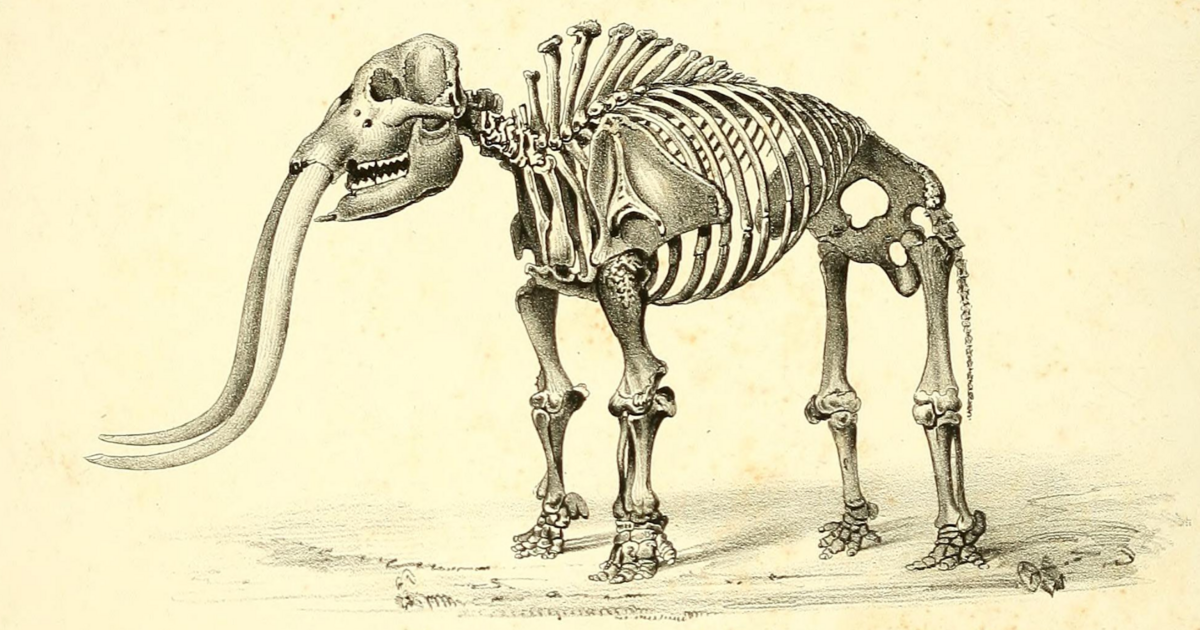It's been a while since the writing energy has hit. So today has been all about punching through a writeup of doing something useful with imperfect data
#dronemapping #fieldwork #FOSS4G
https://www.spatialised.net/counting-trees-in-sparse-woodland-with-opendronemap-pdal-and-qgis/


